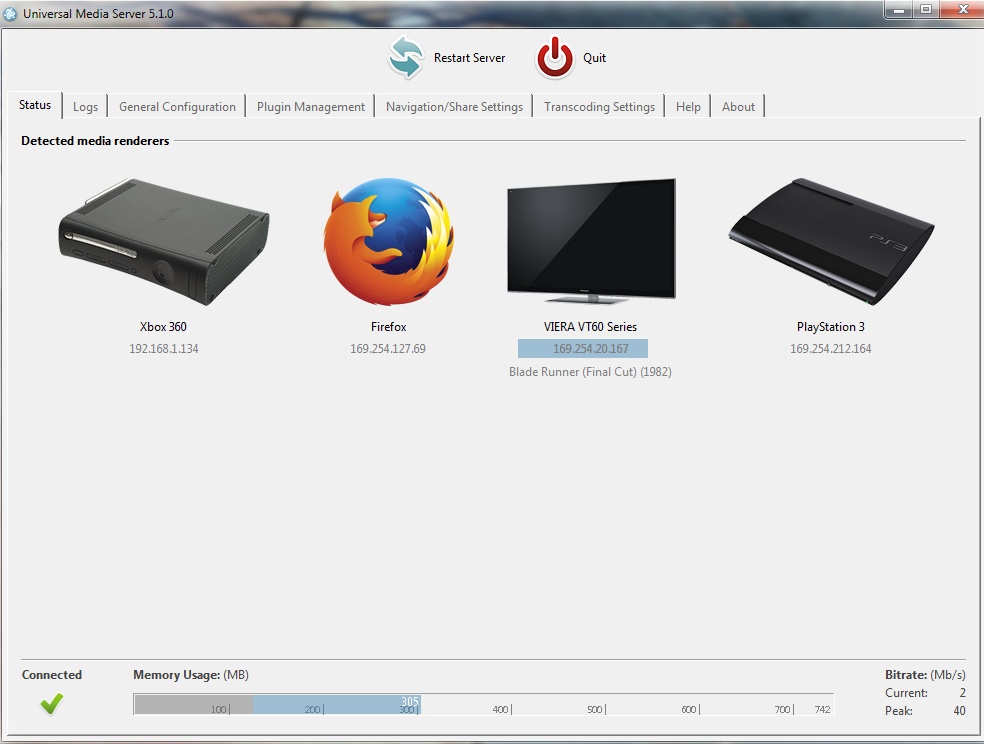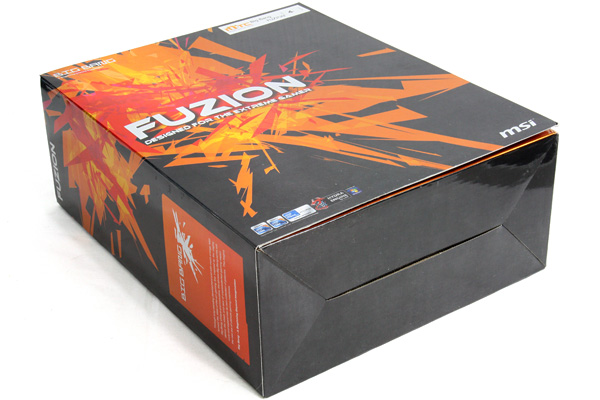Realtek Transcode Server Software
Hello,I am trying to choose the right NAS model for me. Apparently the TS-431P2 is enough for my needs which are having RAID-ed file server for my audio/video files and backups.But I am also looking at the TS-451+ model, at 120€ more, with the only feature that may be of interest being the real-time transcoding. But I am not sure how it works exactly.From what I have found so far, real-time transcoding implies using a fancy-shmancy protocol/program/whatever like Plex or DLNA, but I don't need that. Currently I am using a TViX multimedia hard disk to decode content to the TV. I intend to share the NAS with said TViX (it accepts internet and wifi shares) like a basic file server, and use the said TViX to read content from the NAS as if it were on its own HD. Will the NAS do real-time transcoding when needed in this case?
One on hand I can't imagine how, since the MM HD is simply reading a file (as like a PC would when copying for instance) then decodes it using the codecs in its RAM and sends it to the TV, I don't think the NAS knows that it has a multimedia device on the other end trying to perform some decoding, and failing since h.265 appeared after all development on my model has ceased. But who knows, it is cheaper to ask than pay 120€ for nothing.Also, in case it can, can it transcode from h.265, natively or through an app/plug-in?BTW, while I'm here, the specs for both models indicate they have wifi ac capabilities. But only to connect to some base station, they cannot be a wifi base station themselves, only the models that are 3x more expensive with an extra wifi PCIe card can do that, right?Thanks. When reading about RAID5 NAS'es for the home, my first 'vs' was between the Qnap TS-431P2 and the Synology DS418j ('apples with apples').

I was lucky enough to find a review comparing these exact two models. Apparently the Realtek in the Synology device is saturated just serving files to one user barely filling up the 1GbE lan link.

At the same time, the Alpine in the TS-431P2 is way more powerful and breezes through filling up both its 1GbE links. So after years with an i7-4690K in the home PC not worrying about CPU loads, I was reminded that some NAS boxes can come with cheap CPUs that struggles to even serve files. So that's one import point that I took into account and chose the Qnap device.Now the shoot-out is between the Arm7 powered TS-431P2 that is strong enough to properly fileserve RAID5 data over two GbE links (and I don't even need two of those in the foreseeable future), and a more powerful Celeron J1900 powered TS-451+. The difference in price is that of a whole 4TB NAS HDD. The only extra feature of the TS-451+ that I can think of that would make sense to me is real-time transcoding. Propellerhead recycle 2.2.4 serial. And I am still waiting for an answer as to whether this feature works when simply serving a file to a multimedia hard disk, or if the file needs to be served through some Plex or DLNA or whatever.Thank you.
Transcode Video
Dolbyman wrote:if you want to use an external player an arm powered device (e.g. 431) would be just what you want. And it could serve it via smb or dlnaSay I have a TS-451+ with transcoding, in this case of fileserving to an external player through smb, the real-time transcoding will not work anyway, will it?Technically, I can't imagine how, the NAS box over smb does not know whether it's a PC asking to copy this h.265 file in which case it has to send it without change, or whether it's and external player that is stuck in the h.264 era and needs the file pre-decoded, but maybe there is some magic involved. You do not need an x86 NAS unless you plan on using the NAS with a multimedia server software like Plex or a DLNA host. Any low powered NAS that can handle 10+MB/s of data transfer over samba or ftp is all you need to play movies if decoded on your client device.Plex and DLNA will transcode some movies using the iGPU of the x86 intel NAS if you want them too. This is incredibly useful if you have bandwidth limits like wifi at the far reaches of your house, or if you're trying to play over the internet. It also helps if your client device can't read certain video or audio codecs like h.265 or DTS audio.
Plex will transcode it into a format that you client can play. The Caveat is that iGPU transcoding will look blocky during fast action scenes, and it's especially noticeable at low bitrates, like when used to play over your internet connection.That's why I use an external computer that I bought used on ebay (LenovoM73, core i5 4570T) that uses 14watts at idle, which I use to host PLEX for transcoding videos for playback outside my house and over the internet. It can CPU transcode 2 streams and it looks much cleaner at the 3mbps each stream gets. With an external plex server which simply uses the NAS to read files, again you don't need a powerful NAS, an ARM nas will work just fine.The problem with ARM NAS's is using apps in the app store and ram. Many apps won't be available to ARM NAS units, and the RAM is not upgradeable on some ARM NAS units.
Personally, I would only count on the ARM NAS to just be a basic NAS with Raid functionality which sends you alerts when say a hard drive is going bad, or it's overheated etc. Just use it to serve up files via samba, but not for much more than that.At home I use Apple TV 4k's as client devices using the Infuse APP. They play everything I throw at them including h.265 4k files with dolby atmos, and it's all decoded on the Apple TV. The only thing is they don't have full dolby atmos passthrough, although they can play files with dolby atmos just fine, Infuse will just transcode it to compressed AAC audio.
So it's not for people with advanced 7+ speaker surround sound systems, but it works great with my 3 channel soundbar.